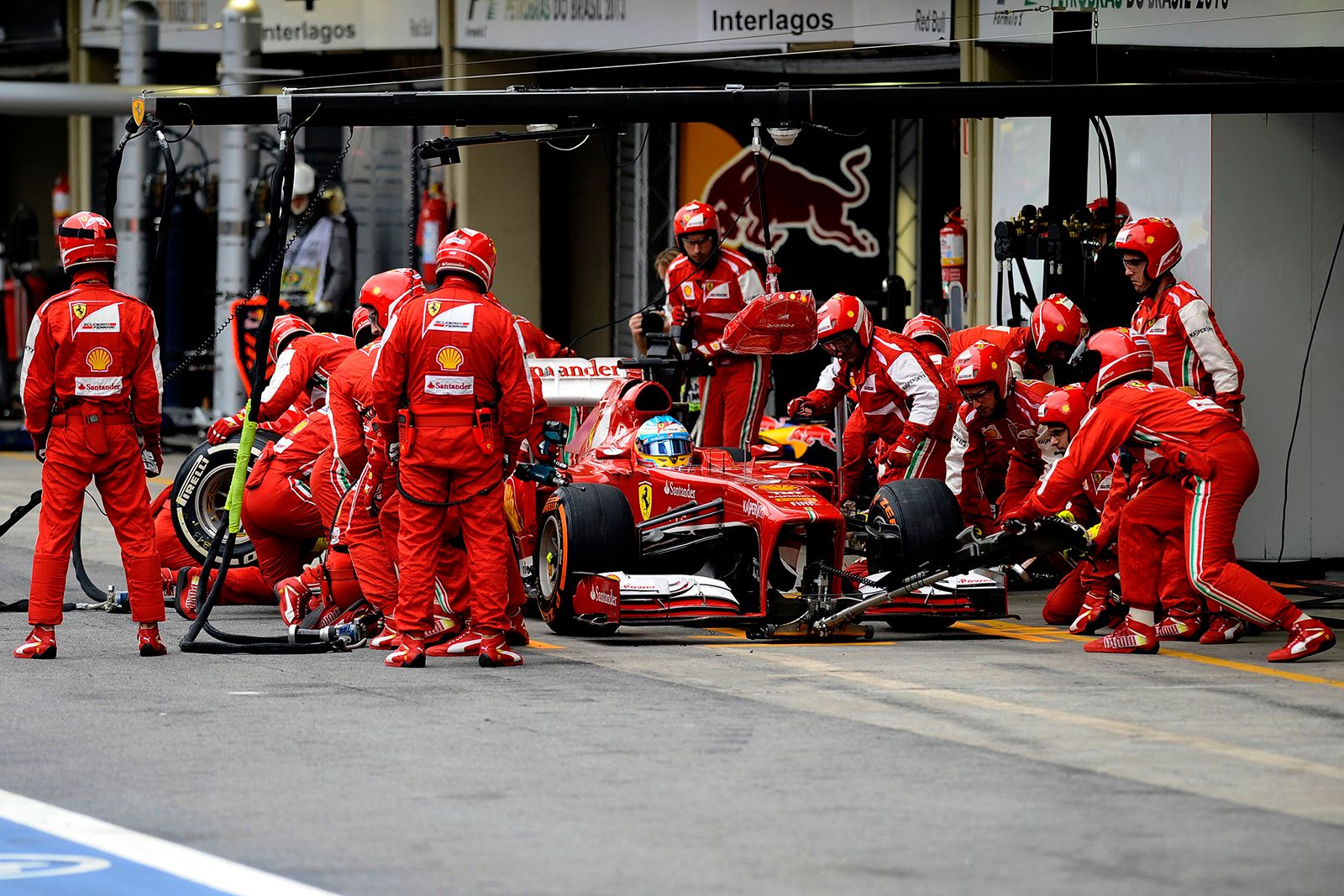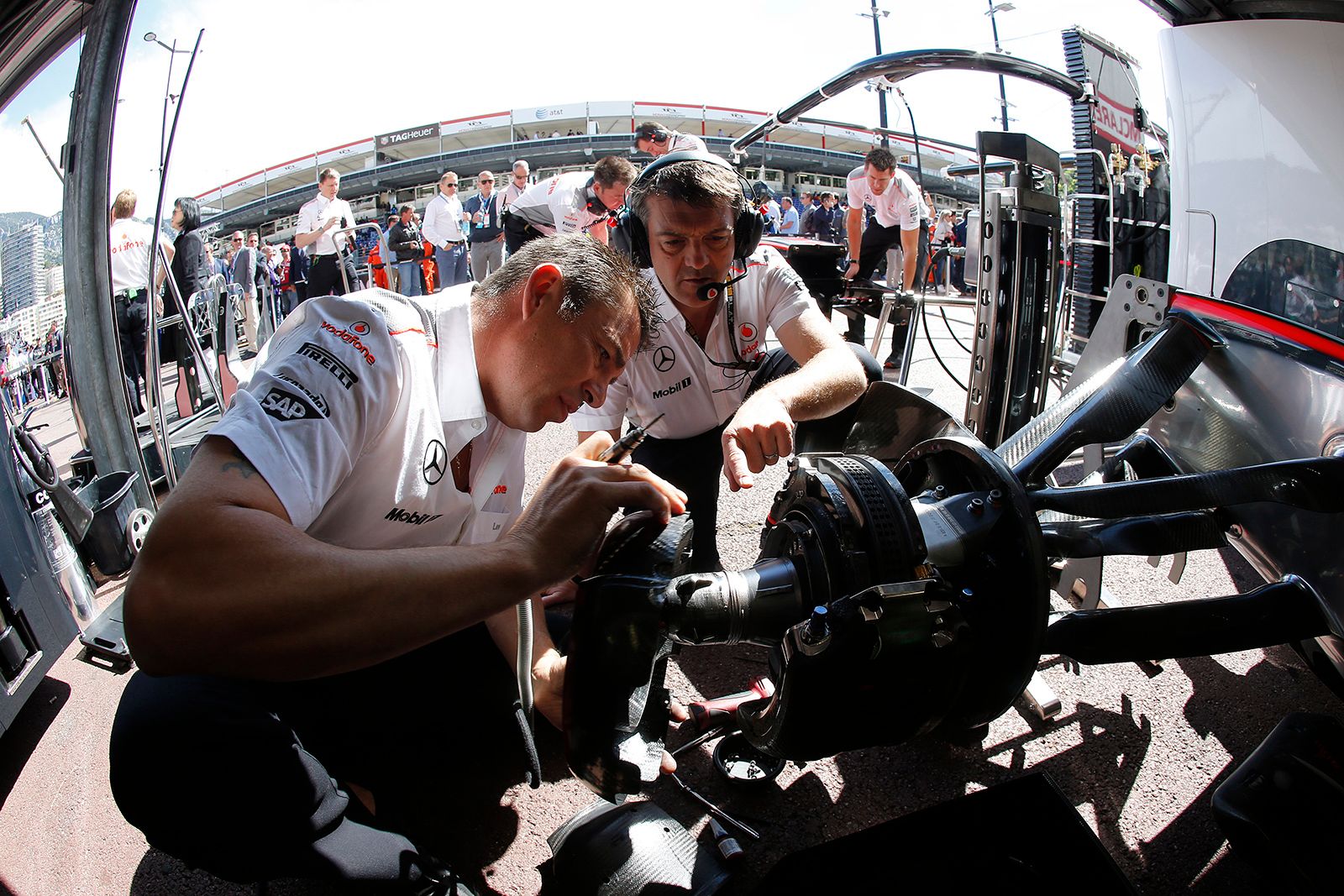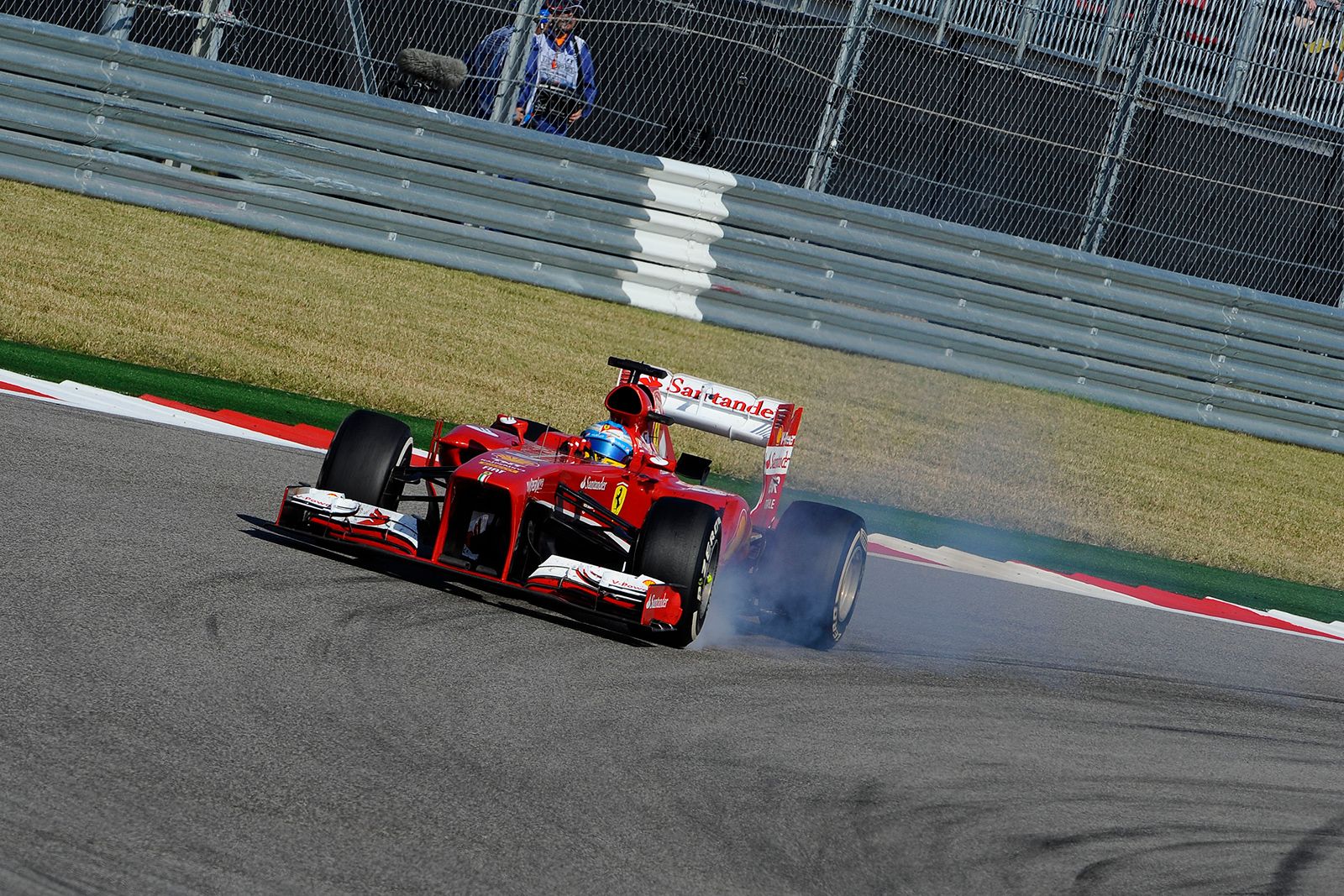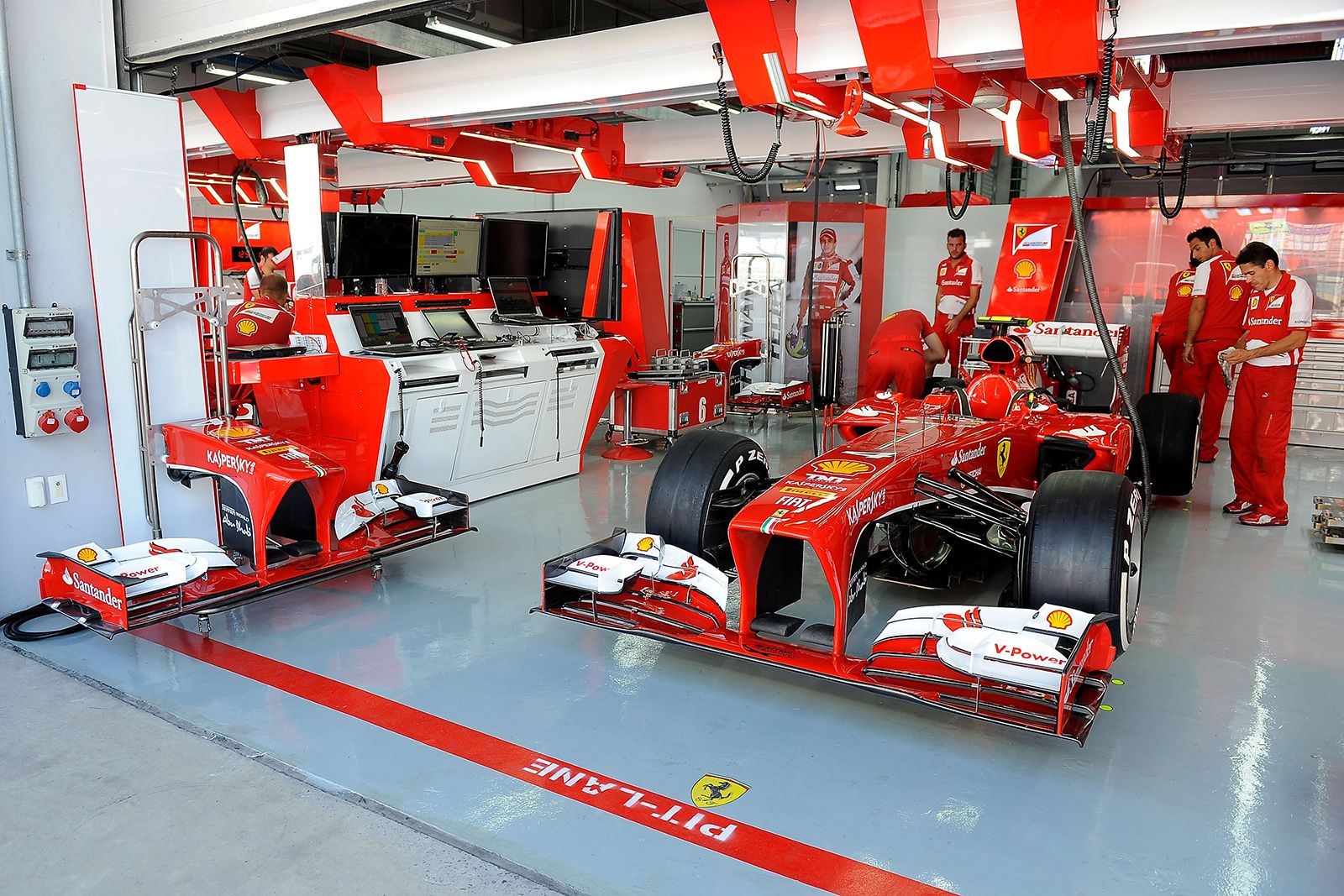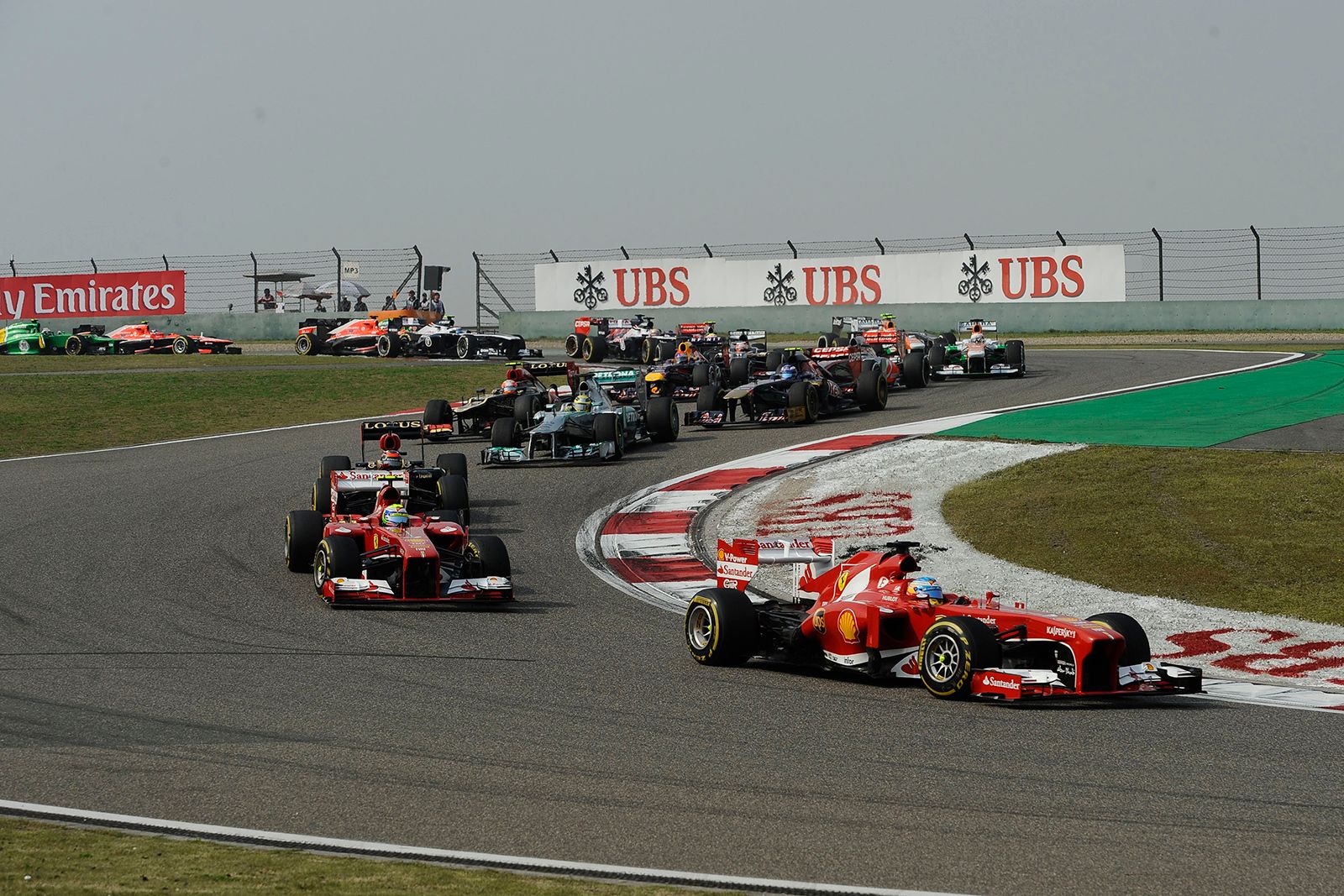Almost two months from now, the 2014 Season of the FIA Formula One->ke190 World Championship will be back upon us -- March 14th, to be exact. The first race, which will be held in Melbourne, Australia, will bring back the familiar scenes of open-wheel race cars->ke148 with deafening noise going around in circles, as the teams in their quest for glory try their best to score the maximum points.
However, with all the regulation changes being made for the 2014 season, that's where the familiarity ends. The 2014 season will see a revolution in Formula 1 with radical changes made to the exterior design, engines, powertrain and aerodynamics features.
With a more stringent set of rules focusing to increase fuel efficiency and at the same time reducing dependence on aerodynamics, 2014 will see a lot of innovation driven by the new, tighter regulations in one of the most technologically advanced racing->ke2345 series in the world.
Read our report on all you need to know that will be different this March when Formula 1 returns and the 2014 schedule after the jump.
2014 F1 Schedule
|
Race No. |
Country (Track) |
Date |
|
01 |
AUSTRALIA (Melbourne) |
March 14 - 16 |
|
02 |
MALAYSIA (Kuala Lumpur) |
March 28 - 30 |
|
03 |
BAHRAIN (Sakhir) |
April 4 - 6 |
|
04 |
CHINA (Shanghai) |
April 18 - 20 |
|
05 |
SPAIN (Catalunya) |
May 9 - 11 |
|
06 |
MONACO (Monte Carlo) |
May 22 - 25 |
|
07 |
CANADA (Montréal) |
June 6 - 8 |
|
08 |
AUSTRIA (Spielberg) |
June 20 - 22 |
|
09 |
GREAT BRITAIN (Silverstone) |
July 4 - 6 |
|
10 |
GERMANY (Hockenheim) |
July 18 - 20 |
|
11 |
HUNGARY (Budapest) |
July 25 - 27 |
|
12 |
BELGIUM (Spa-Francorchamps) |
August 22 - 24 |
|
13 |
ITALY (Monza) |
September 5 - 7 |
|
14 |
SINGAPORE (Singapore) |
September 19 - 21 |
|
15 |
JAPAN (Suzuka) |
October 3 - 5 |
|
16 |
RUSSIA (Sochi) |
October 10 - 12 |
|
17 |
USA (Austin) |
October 31 - November 2 |
|
18 |
BRAZIL (São Paulo) |
November 7 - 9 |
|
19 |
ABU DHABI (Yas Marina) |
November 21 - 23 |
Powertrain
We use the term powertrain instead of engine because 2014 will see the new ERS playing a major role in the power delivery. The biggest change of 2014 will probably the dropping of the naturally-aspirated 2.4 liter V-8 engines in favor of turbocharged 1.6-liter V-6 engines. While the V8s revved up to a mind-boggling 18,000 rpm and produced around 770 horsepower, the new V-6 engines are expected to rev up to “just” 15,000 rpm with power delivery expected to be in the region of 600 to 620 horsepower.
This is where the new ERS (Energy Recovery System) comes into play. The new system does not carry the term "KERS," as the power regeneration is not just from kinetic energy. The new ERS setup is expected to produce around 160 more horsepower, bringing the total power to the same range as the previous year's car.
The new ERS system now produces 120 kW, twice the power from last year's system for a longer duration -- up from just over six seconds per lap from the previous year to approximately thirty-three seconds per lap. What this means is when the ERS is on, the car will see a huge surge in torque and acceleration, resulting in better overtaking maneuvers and hopefully some exciting battles in the long straights. Additionally the cars will feature eight-speed gearboxes compared to the seven in the cars from the 2013 season.
Design & Aerodynamics
The most notable change in the exterior design will be in the nose height that, due to safety reasons, will be dropped from a maximum height of 550 mm (21.6 inches) from 2013 to just 185 mm (7.3 inches); a drop of 365 mm (13.4 inches). Other major changes include a narrower front wing decreased from 1,800 mm (70.9 inches) to 1,650 mm (65 inches) for this season.
In the rear, the twin-tailpipe exhaust from 2013 will be dropped in favor of single pipe exhaust, which must be angled upwards to decrease the aerodynamic advantage that can be achieved by using exhaust blown diffusers,
All these design changes mean the cars will have decreased down-force and the powertrain and driver skill will now be the biggest factors in deciding who holds the next championship title.
Fuel & Points
In an effort to push the teams to extract the maximum efficiency out of their engines, the FIA has now put a 100-kg (220-pound) per car cap on the maximum amount of fuel that can be used by a team. While the previous years did not see a limit on fuel usage, most teams on an average used 160 kg (353 pounds) per car, which means the teams will have to find that perfect balance between performance and efficiency to win races.
In order to push for maximum public interest during the later stages of the season, this year double driver's and constructor's championship points will be awarded in the final race of the season -- The Abu Dhabi Grand Prix to be held at the Yas Marina circuit on November 23rd, something that could be a game-changer if no particular team attains dominance in the early stages.
All of the other bits
Calender changes: The new season will see the return of the Austrian Grand Prix at the Red Bull Ring along with a new race: The Russian Grand Prix. The Indian Grand Prix has been dropped for the year 2014 with a early season return in the 2015, while the Korean Grand Prix has been entirely dropped from the schedule.
Driver numbers: Drivers have been asked to choose permanent numbers for the entire duration of the careers ranging between 2 to 99, with No. 1 being retained as the champion's right. The current Champion -- Sebastian Vettel->ke3801 -- has chosen to go with No. 5 for the duration of his career while having the right to choose No. 1 as long as he retains the title.
Pole position trophy : The FIA has introduced this new award as a non-championship trophy awarded to the driver who scores the maximum number of pole positions
Conclusion
Though Formula 1 has always been associated with razor-sharp perfection and cutting-edge technology, the latest regulation changes are expected to further push the limits of engineering perfection. While, it may also result in chaos in the initial stages as the teams fine tune their cars to find that sweet spot of perfection, the result nevertheless can be expected to be some competitive racing and hopefully we will see someone who can really challenge the four-time champ, Sebastian Vettel.

